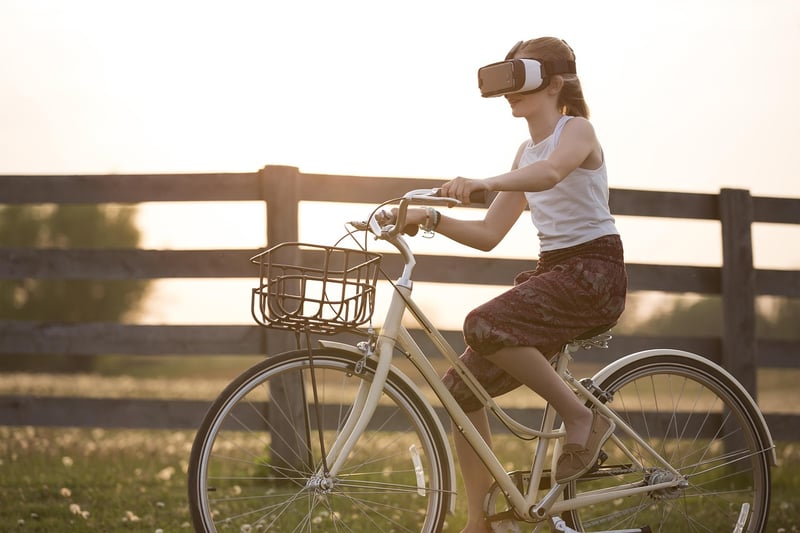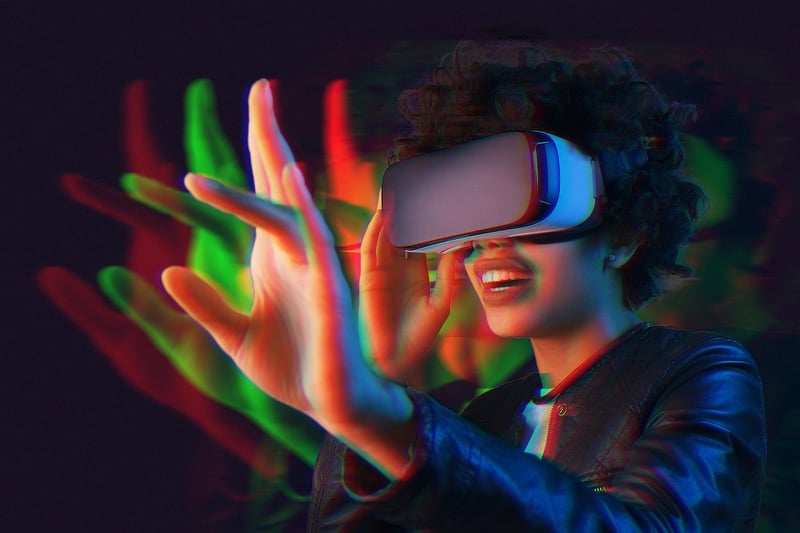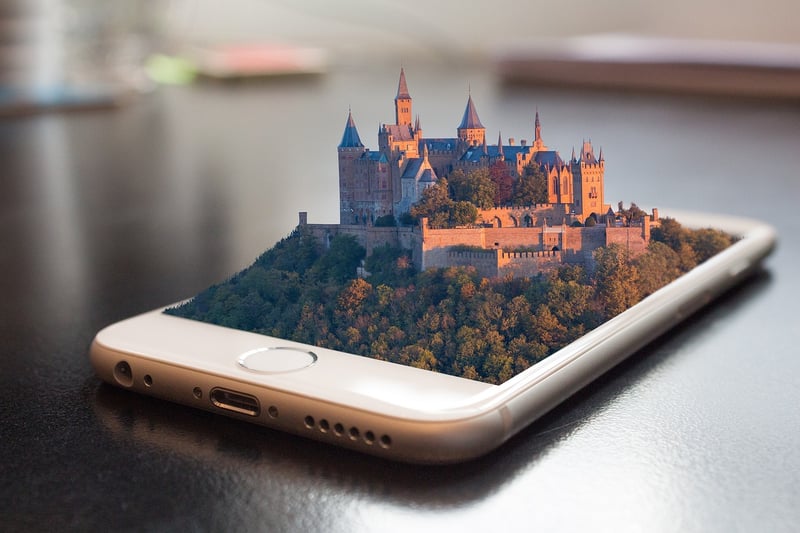Virtual Reality Designer
The Future of Design: Virtual Reality Designer

In today's rapidly evolving technological landscape, new and cutting-edge fields are constantly emerging. One such field that is gaining immense popularity and significance is that of virtual reality design. Virtual reality (VR) has revolutionized the way we interact with digital content, offering immersive experiences like never before.
What is Virtual Reality Design?
Virtual reality design is the process of creating digital environments that users can interact with in a seemingly real or physical way. It involves designing 3D spaces, objects, and interfaces that users can explore and engage with using VR headsets or other devices.
Skills Required
- Proficiency in 3D modeling and animation software
- Understanding of user experience (UX) design principles
- Knowledge of interactive design and game development
- Ability to adapt to new technologies and trends
Job Outlook
The demand for virtual reality designers is on the rise as industries such as gaming, entertainment, education, healthcare, and architecture increasingly adopt VR technology. Virtual reality designers can find employment in various sectors, including:
- Video game development studios
- VR/AR companies
- Architectural firms
- Training and simulation organizations
- Marketing and advertising agencies
Education and Training
While there is no specific degree required to become a virtual reality designer, a background in design, computer science, or a related field is beneficial. Many designers also pursue additional training in VR development and design to stay competitive in the field.
Conclusion
Virtual reality design is a dynamic and exciting field that offers endless possibilities for creative expression and innovation. As technology continues to advance, the role of virtual reality designers will become increasingly important in shaping the way we interact with digital content.
Are you ready to step into the future of design as a virtual reality designer?

